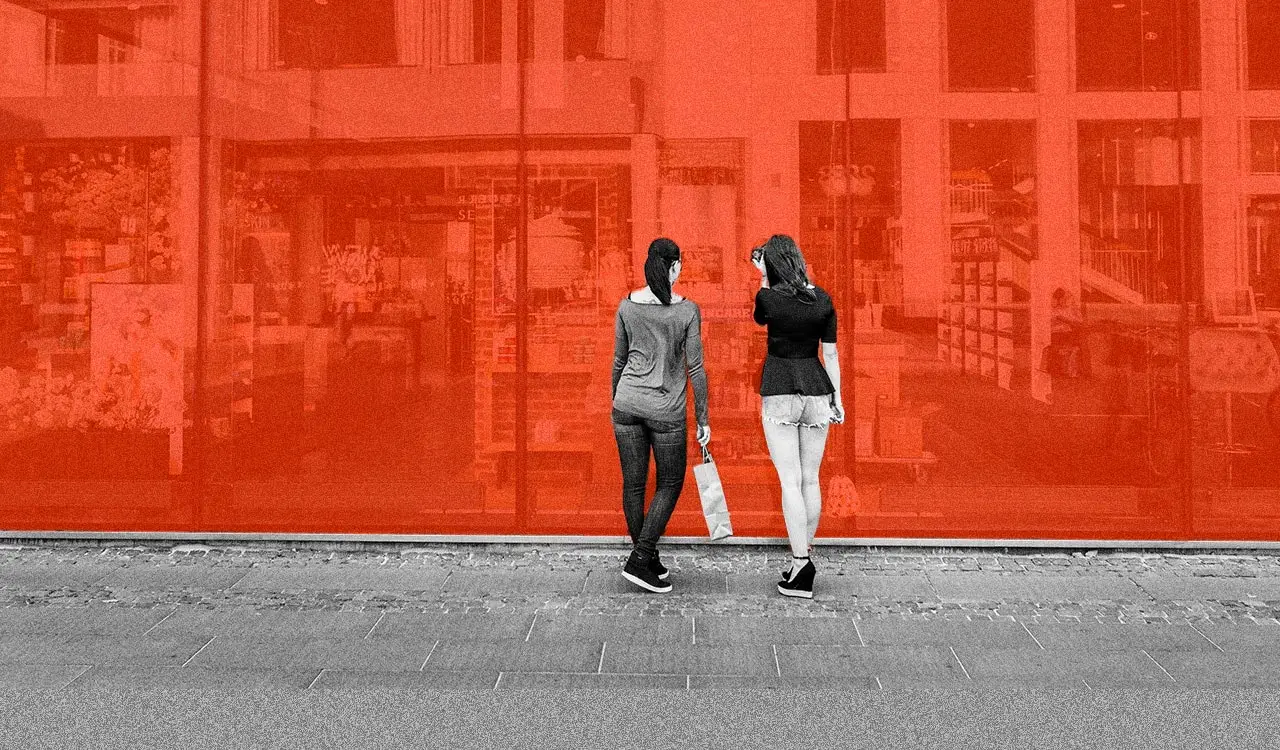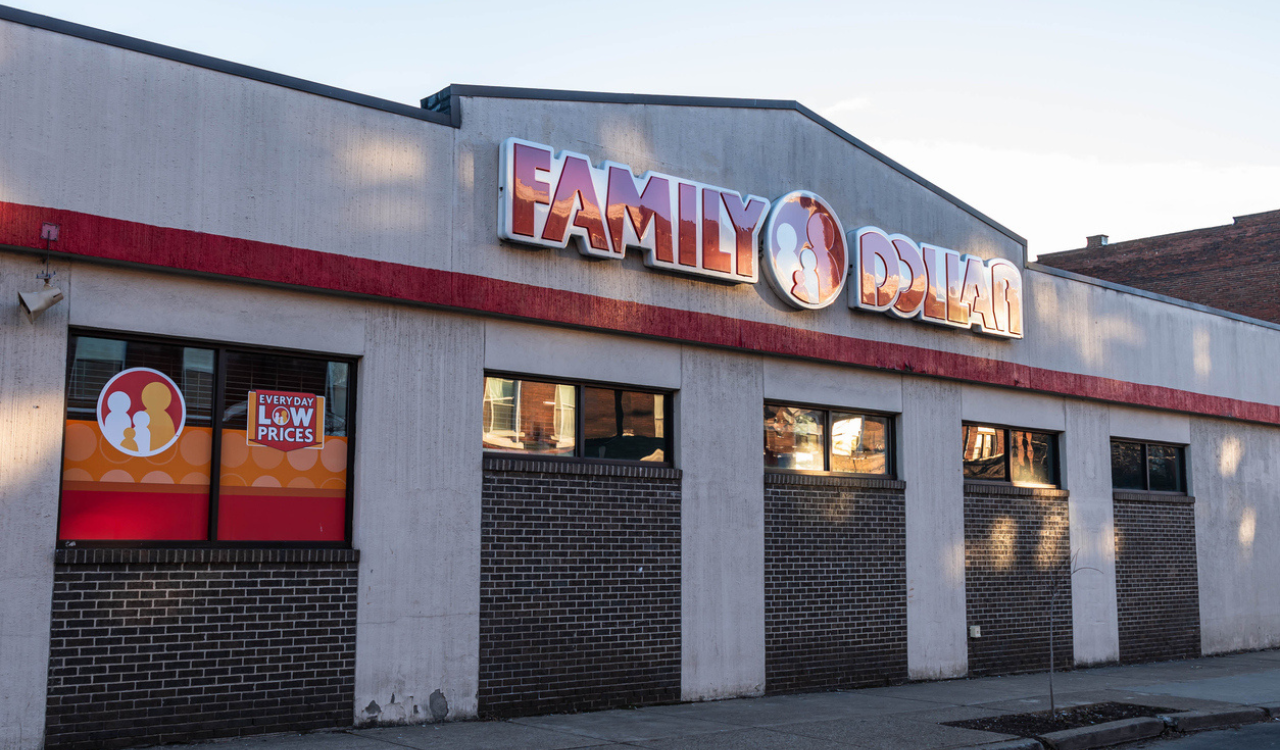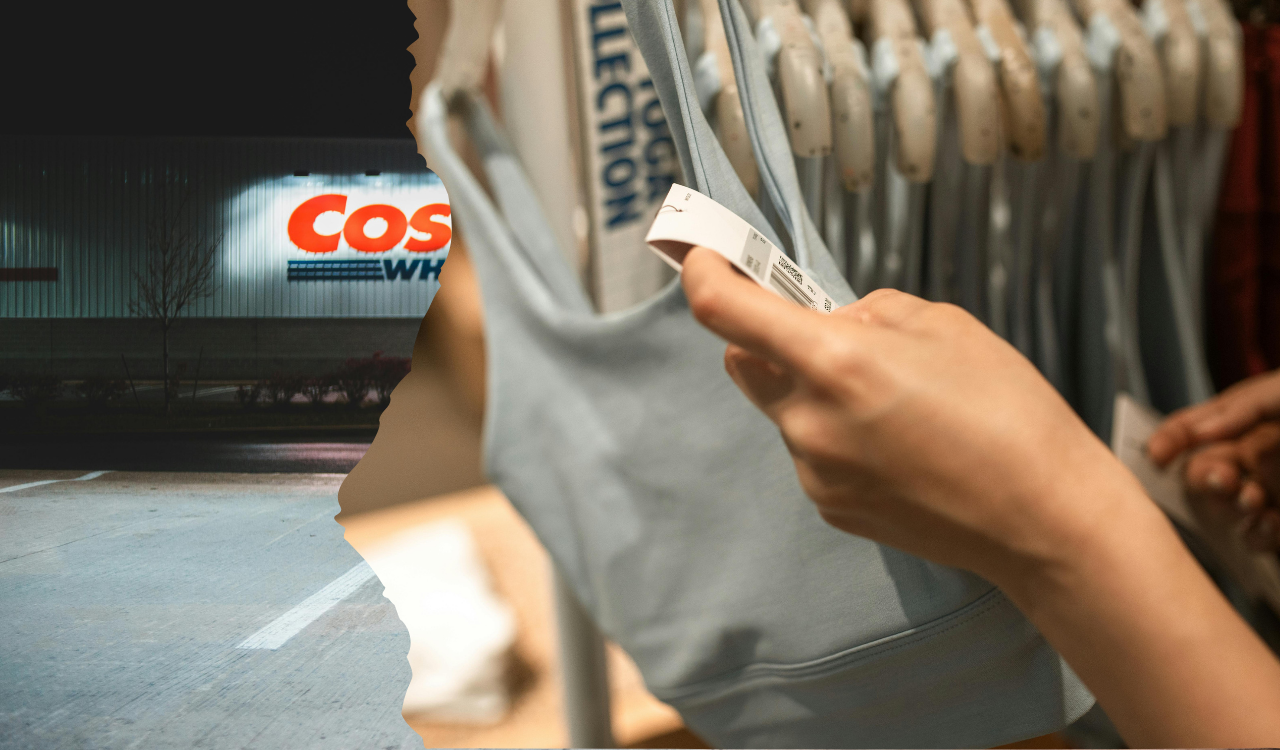In the beginning, when you went into a store, a salesclerk took your order and returned some time later from the back room with your items for purchase. You handed over cash, he wrapped your order, and you went on your way. There were no issues about retail theft or shrinkage. But things have changed and we’re entering a new era of untailing.
With more and more retailers locking up their merchandise – and sometimes the front door too – we’re entering a new era in shopping where “Just Say No” is the unique selling proposition. Who knew?
Self-Service
Clarence Saunders invented the first true self-service grocery retailer when he opened his first Piggy Wiggly (yes, that’s a real thing, not a southern euphemism for god-knows-what) in 1916 and it forever changed the way American consumers shopped.
Saunders changed the paradigm: you went into the local Pig (and yes again, that’s what locals called and still call the company’s stores long after Clarence was succeeded by any number of corporate owners) and in plain sight, the shelves were loaded with what you could buy. You took what you needed – first putting them in a handheld basket and later in a shopping cart (Piggly Wiggly invented them too), went to a central checkout counter where your purchases were rung up, you handed over some money and out you went with a bag full of groceries.
Today we take this way of shopping for granted and even with UPC codes, QR codes and self-checkout, it’s still the way most of us shop in just about any type of store. Sure, some luxury shops, specialty retailers and a few others still keep the merchandise behind the counter, but they are the exceptions to the retail rule.
Meet Lock-and-Key Retail
In the recent past, some retailers have always kept certain items locked up. This was generally limited to razor blades, pricey perfumes and of course cigarettes. But somehow over the past 24 months, the practice exploded. Big national retailers, led by drug chains like CVS and Walgreens, but also including giants like Target and Walmart, started to lock up huge swaths of their product assortments. It was mostly in health and beauty products, but some customers noticed things like small consumer electronics, cleaning products and even underwear behind bars, waiting for an overwhelmed, overworked and underpaid associate (that’s an employee to most of us) to come and hopefully have the right key to unlock the case.
Bloomberg, visiting a Brooklyn Target store, reported that what gets locked up and what doesn’t seem to be highly arbitrary. “Bulk packs of Rogaine selling for $72 were on regular shelves next to $6 deodorant that you couldn’t touch. Pricey toys, home-improvement products and name-brand printer ink cartridges roamed free, but the $1.99 plastic bath loofahs had been imprisoned.” No doubt the Target store in nearby Queens had an entirely different mix of “free” and “imprisoned” merchandise.
When you ask the retailers why they are doing this – and lots of people have – they all answer it’s because store thefts have become a major problem. And it’s true, “shrinkage” as they say has increased as prices have gone up and self-checkout formats have gained in popularity. (Those are being cut back as well, by the way.)
But ask the stores for hard numbers and you get a lot of corporate-speak. Target said it was closing a store in the Harlem neighborhood of Manhattan because of crime. Yet right around the same time, they announced a number of new store openings, including one in – wait for it – Harlem, only a mile or two away from the closed location. We know crime is a local thing…but this local?
And while the National Retail Federation did put out a report with actual numbers, they came from sources that seem to be questionable. As Neil Saunders of the retail consulting firm GlobalData put it to Bloomberg, retailers “like to talk about it, but they don’t like to put numbers around it.” And of course, left unsaid in all of this is the dirty little secret that retailers REALLY don’t want to talk about: a lot of stuff being stolen is being taken by employees…er, associates, crew, team members, whatever. Since they have the keys to the castle – and the cases.
Lock the Whole Damn Thing Up
If putting selected merchandise behind bars is too complicated or arbitrary, how about the whole store? Let’s stop theft before it begins by locking out customers except for the ones who know the secret password. (It’s probably not Swordfish anymore, sorry Groucho.)
This brilliant idea came to Saks Fifth Avenue which under the aegis of Hudson’s Bay Co and its fearless leader Richard Baker has come up with all kinds of anti-retail practices, including not paying many of its vendors. It announced earlier this year that it would be converting its downtown San Francisco location to an appointment-only operation meaning if you’re a potential customer or even a window shopper you need to book an appointment in advance and be given clearance. We’re not sure if Homeland Security is involved in this but perhaps, they should be.
So, just to state the obvious: you’re a tourist or local walking by the Saks store and you decide to stop in, maybe to buy something, maybe to just look around. You can’t. Or you’re downtown shopping at another store, they don’t have what you want, and you decide you’ll see if Saks has it. You can’t. Or it’s just raining, and you want to come indoors which more times than you would think leads to you feeling guilty and buying something. You can’t.
Restricted admittance has been a well-known practice for luxury stores for years, especially around the holidays. Those lines outside Louis Vuitton and Prada aren’t full of shills. But they also aren’t fingerprinted and asked for blood samples before they are allowed in the store. Angelina Jolie opened a store – excuse me, it’s also called a “gathering” spot — called Atelier Jolie in the Noho area of Manhattan. It’s located in a space that has been associated with Andy Warhol and artist Jean-Michel Basquiat in prior lives and seems to have some restricted entry policy that may depend on whether or not you admit to knowing Brad.
But an entire 100,000+ square-foot department store? It’s never been done and probably never even thought of. Again, Saks officials blame it on crime, homeless people and which side of the bed Baker woke up on. And let’s not forget that Union Square has not exactly been a cavalcade of retail activity, so this allows him to cut staff, reduce overhead and of course, blame it all on that guy who walks out with stolen goods.
What this will do to store sales at that Saks location is anybody’s guess. It’s got to put a serious hit on revenues even if the grand dames of Telegraph Hill and tech princesses of Silicon Valley (probably more the latter than the former these days) like the exclusivity of shopping without all those lowlife tourists clogging up the escalators and ladies’ rooms. It does beg the question though if Saks could do this elsewhere or if other retailers also decide it’s a good idea.
Untailing
This is why I’m dubbing this dawn of a new retail era Untailing. It’s the genius business practice of sales prevention by creating impediments to people who actually want to buy stuff in your store. Yes, crime is real, and it does take a toll on financial performance. But there have got to be better ways for retailers to deal with all of this.
Lenox Square, the big shopping center in Atlanta, has had its share of crime over the years (as has a lot of Atlanta). But if you walk the mall, there are lots and lots of shoppers. There are also lots and lots of security: a recent multi-day visit to Lenox revealed uniformed Atlanta police, private security, plainclothes versions of both and probably a lot of other security that even a trained eye couldn’t detect. Shoppers didn’t seem to mind one bit or be intimidated by the experience. So, if you say increased security in a retail store is a negative, that may not be the case.
Las Vegas casinos are famous for their eyes in the sky, and their extensive network of cameras recording what goes on down on the gambling floor. Yes, it’s an expensive ticket but maybe not so much if managed by a central security post that monitors multiple stores. Stealing a six-pack of Jockey shorts is a lot more obvious than palming some $5 chips.
If retail crime is not going away anytime soon – and there’s not much to suggest this is a passing thing – retailers will have to come up with better solutions for dealing with it other than locking up merchandise – or the entire store. C’mon, these are the people who invented one-day sales, Kohl’s cash and Santa Land. Certainly, they can figure this out.
They better.





